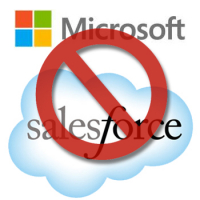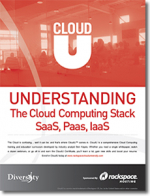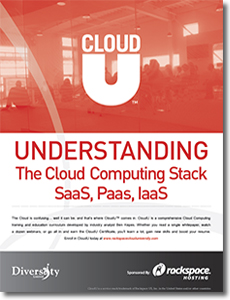Understanding The Cloud Computing Stack SaaS, Paas, IaaS
For organizations looking to move to Cloud Computing, it is important to understand the different aspects of Cloud Computing and to assess their own situation and decide which types of solutions are appropriate for their unique needs.
The Cloud Computing Stack
Cloud Computing is often described as a stack, as a response to the broad range of services built on top of one another under the moniker “Cloud.”
The generally accepted definition of Cloud Computing comes from the National Institute of Standards and Technology (NIST). The NIST definition runs to several hundred words but essentially says that:
“Cloud Computing is a model for enabling convenient, on-demand network access to a shared pool of configurable computing resources (e.g., networks, servers, storage, applications, and services) that can be rapidly provisioned and released with minimal management effort or service provider interaction.”
What this means in plain terms is the ability for end users to utilize parts of bulk resources and that these resources can be acquired quickly and easily.
NIST also offers up several characteristics that it sees as essential for a service to be considered “Cloud.” These characteristics include:
- On-demand self-service. The ability for an end user to sign up and receive services without the long delays that have characterized traditional IT.
- Broad network access. Ability to access the service via standard platforms (desktop, laptop, mobile etc).
- Resource pooling. Resources are pooled across multiple customers.
- Rapid elasticity. Capability can scale to cope with demand peaks.
- Measured service. Billing is metered and delivered as a utility service.
More than a semantic argument around categorization, we believe that in order to maximize the benefits that Cloud Computing brings, a solution needs to demonstrate these particular characteristics.
This is especially true since in recent years there has been a move by traditional software vendors to market solutions as “Cloud Computing” which are generally accepted to not fall within the definition of true Cloud Computing, a practice known as “cloud-washing.”
What’s Related


Favorites





